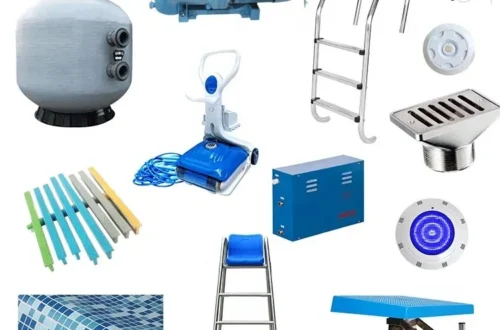The Ultimate Guide to Diaper Manufacturing Machines: Efficiency, Innovation, and Industry Trends
The Ultimate Guide to Diaper Manufacturing Machines: Efficiency, Innovation, and Industry Trends
Diaper manufacturing machines are at the heart of producing high-quality hygiene products for babies and adults. These advanced systems combine precision engineering with automation to meet growing global demand. In this guide, we explore how these machines boost efficiency, incorporate cutting-edge innovations, and adapt to industry trends.
Core Components of Modern Diaper Production
A typical diaper manufacturing machine integrates multiple modules: nonwoven fabric unwinding, absorbent core formation, elastic attachment, and packaging. Each component ensures consistent output, minimizing waste and maximizing throughput. High-speed models can produce over 600 diapers per minute, catering to large-scale manufacturers.
Automation and Smart Sensors
Innovations like IoT-enabled sensors and AI-driven quality control detect defects in real-time. This reduces material waste and ensures every diaper meets safety standards. Automated adjustments also allow quick changeovers between product sizes, enhancing operational flexibility.
Driving Sustainability in Diaper Manufacturing
Eco-friendly trends push manufacturers to adopt biodegradable materials and energy-efficient systems. Newer machines support recycled pulp and plant-based films, aligning with circular economy goals. Additionally, optimized heating and sealing mechanisms cut power consumption by up to 20%.
Reducing Carbon Footprint
Advanced diaper manufacturing machines utilize solar-compatible drives and heat recovery systems. These features not only lower emissions but also reduce long-term operational costs for factories.
FAQs: Addressing Common Queries
What is the average lifespan of a diaper manufacturing machine?
With proper maintenance, these machines can operate efficiently for 15–20 years. Regular servicing of cores and drives is crucial.
How do manufacturers ensure hygiene compliance?
Stainless steel surfaces, automated sterilization cycles, and dust-free enclosures are standard in modern setups.
Future Trends and Industry Outlook
The rise of smart factories will integrate diaper production lines with cloud-based analytics. Predictive maintenance and customizability for niche markets (e.g., organic diapers) are key growth areas.
Customization and Modular Designs
Modular machines allow manufacturers to scale production or add features like odor-control layers without full redesigns.
Ready to upgrade your production line? Explore our high-efficiency diaper manufacturing machine solutions tailored for sustainability and speed. Contact us today for a customized consultation!


